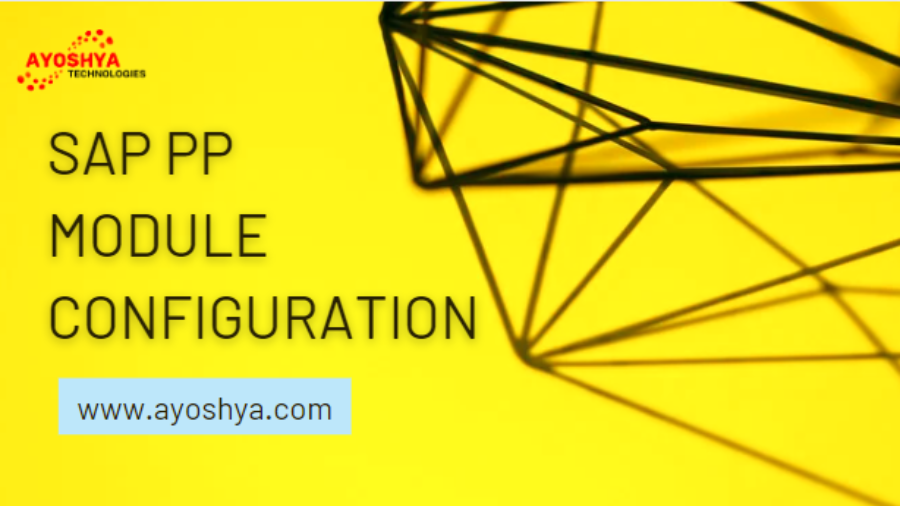sap pp module configuration
SAP PP Module Configuration: Transforming Production Processes for Greater Efficiency and Agility
In the heart of every successful manufacturing enterprise, there lies a finely tuned production planning and control system. SAP PP, the Production Planning module within SAP ERP, stands as a cornerstone for orchestrating production processes, ensuring seamless operations, and driving business growth. This comprehensive guide delves into the intricacies of sap pp module configuration, empowering you to tailor this powerful module to your unique production needs and achieve operational excellence.
sap pp interview questions: Ultimate Guide + Expert Tips (2024)
Crafting the Blueprint for Success: Key Steps in SAP PP Configuration
Navigating the SAP PP configuration landscape requires a structured approach. Here’s a breakdown of the essential steps involved:
1. Defining Production Master Data:
- Material Master: Establish a comprehensive foundation by defining materials, their characteristics, and related planning data.
- Work Center Master: Create a detailed representation of production resources, including capacities, work hours, and cost rates.
- Routing Master: Map out the precise sequence of operations for manufacturing each material, specifying resources, processing times, and work instructions.
- Bill of Materials (BOM): Define the hierarchical structure of materials and components required for production, ensuring accurate planning and procurement.
2. Configuring Production Planning:
- Demand Management: Establish mechanisms for forecasting, capturing, and managing customer demand, driving production plans aligned with market needs.
- Material Requirements Planning (MRP): Set up MRP to generate automated procurement proposals for materials and components, ensuring timely availability for production.
- Master Production Scheduling (MPS): Determine the optimal production quantities and timings for finished goods, aligning production with demand and capacity constraints.
3. Crafting Shop Floor Control:
- Production Orders: Create and manage production orders, the blueprints for executing manufacturing processes, tracking progress, and material consumption.
- Capacity Planning: Optimize resource utilization by aligning production orders with available capacity, minimizing bottlenecks and maximizing throughput.
- Shop Floor Execution: Monitor and control production activities in real-time, ensuring adherence to schedules, quality standards, and resource allocation.
4. Integrating with Other SAP Modules:
- Sales and Distribution (SD): Link customer orders with production planning to ensure timely fulfillment and visibility into order status.
- Materials Management (MM): Integrate material procurement and inventory management with production plans for seamless material availability.
- Finance (FI): Ensure accurate cost accounting and financial reporting of production activities, supporting profitability analysis and decision-making.
- Quality Management (QM): Incorporate quality checks and inspections into production processes, upholding product quality standards and preventing defects.
Delving Deeper into Core Configuration Areas:
5. Production Scheduling Profile: Define parameters for scheduling production orders, such as lead times, scheduling horizons, and strategies for handling order priorities and capacity constraints.
6. Order Type Determination: Establish rules for assigning appropriate order types based on production characteristics, ensuring accurate planning and execution.
7. Number Ranges for Orders: Assign unique number ranges to different types of production orders, maintaining clear identification and traceability.
8. Production Scheduling: Configure detailed scheduling rules, considering factors like resource availability, material constraints, and lead times, to optimize production flow and meet delivery deadlines.
9. Checking Control: Define parameters for material availability checks, capacity checks, and other validations to ensure production feasibility and prevent disruptions.
10. Confirmation Parameters: Set up rules for confirming production activities, capturing actual completion times, material consumption, and resource usage for accurate tracking and reporting.
You may be interested in:
The Role of a SAP Production Planning Consultant



